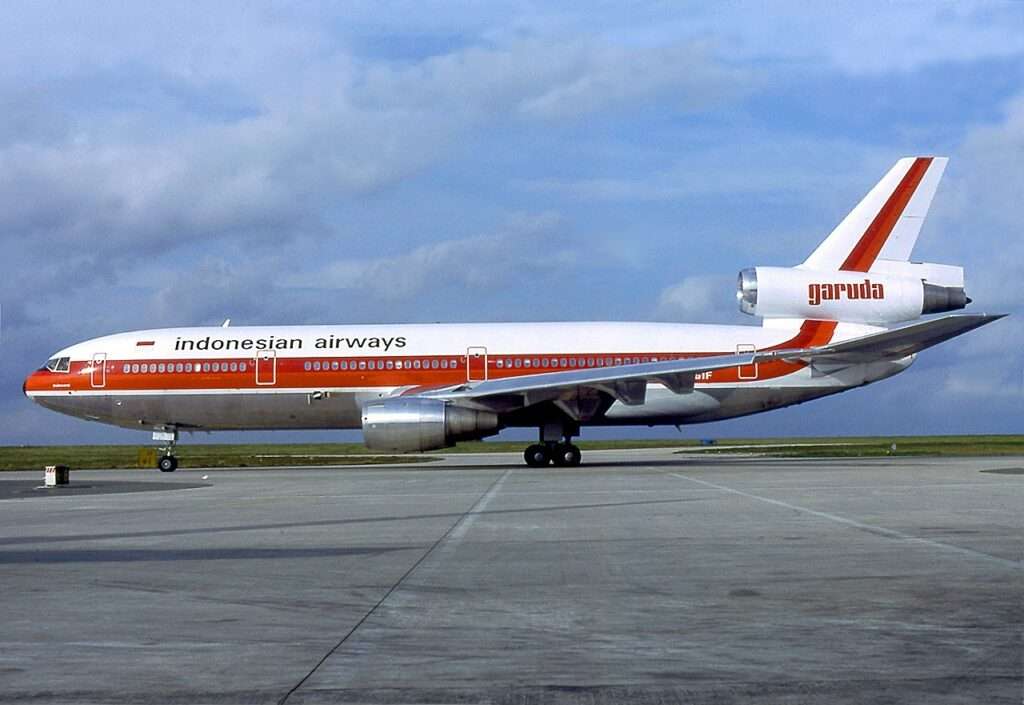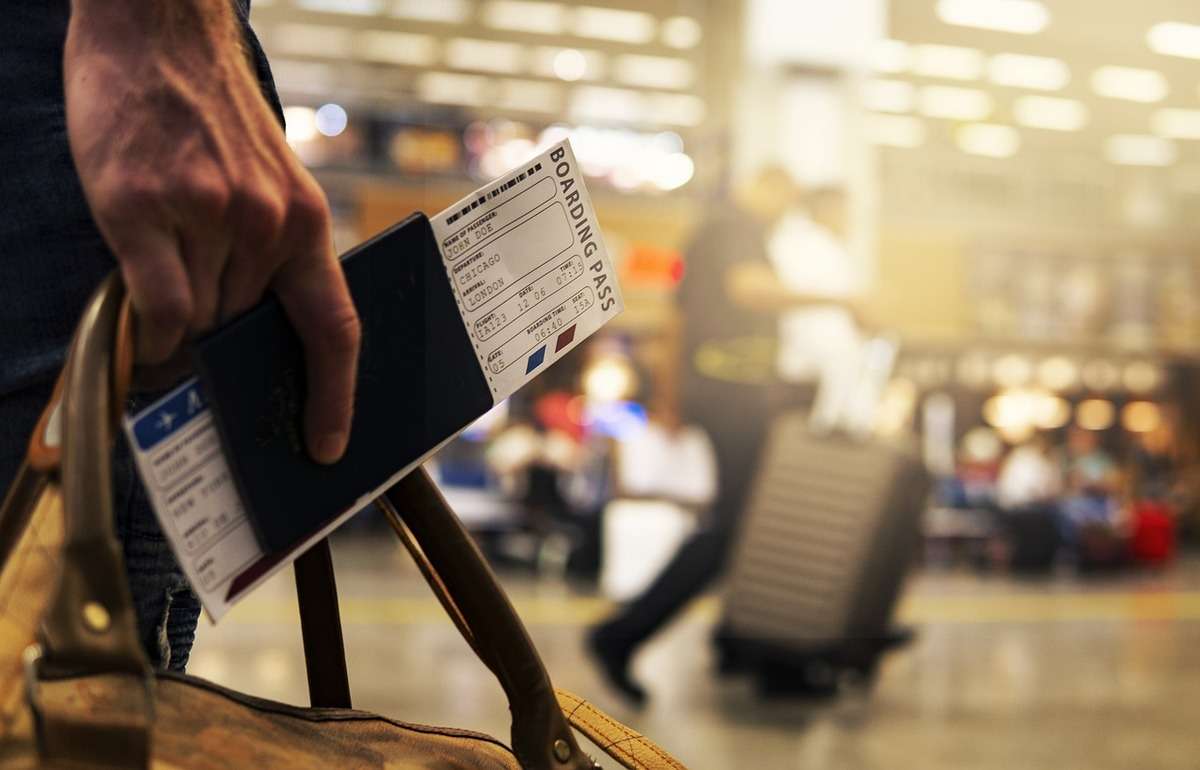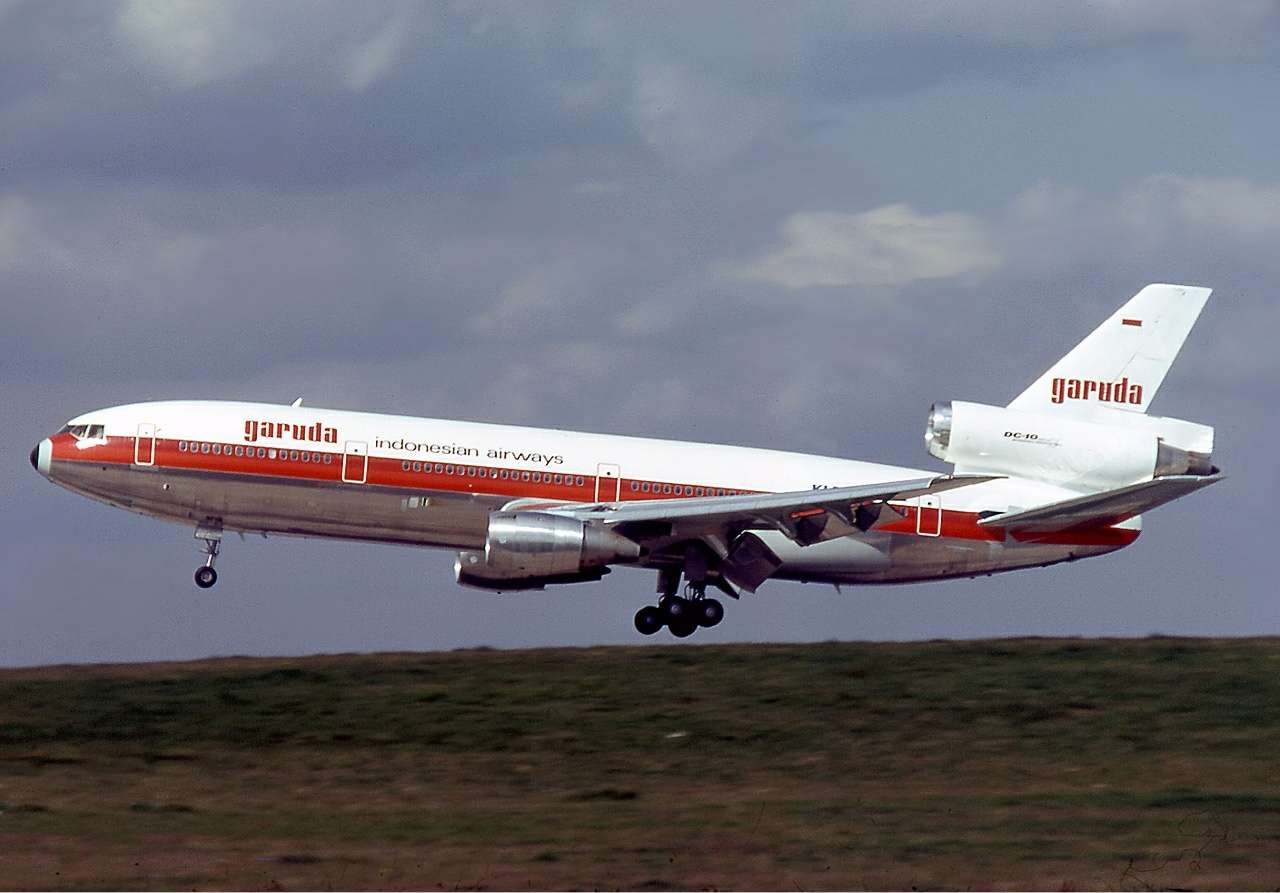On June 13, 1996, Garuda Indonesia Flight 865, a scheduled international passenger service from Fukuoka, Japan, to Jakarta, Indonesia, with a stopover in Bali, became etched in aviation history as a tragic accident.
While a rejected takeoff is a maneuver pilots train for, a confluence of factors on this fateful day resulted in a runway overrun, fire, and the loss of three lives.
A Routine Flight Turns Critical
Garuda Indonesia Flight 865, operated by a McDonnell Douglas DC-10-30 with the registration PK-GIE, was a seemingly ordinary flight.
The aircraft, delivered to Garuda Indonesia in 1979, was well within its operational lifespan.
The flight crew reported no issues during pre-flight checks, and the plane pushed back from the gate at Fukuoka Airport at 11:55 local time.
Everything appeared normal as the plane taxied to runway 16 and received clearance for takeoff.
However, disaster struck moments later.
The number three engine (the right engine) on the DC-10 suffered a catastrophic failure. The cause?
Worn-out turbine blades that had exceeded their recommended service life by nearly 200 cycles.
This resulted in a sudden loss of power, forcing the crew to initiate a rejected takeoff.
A Desperate Scramble to Avoid Disaster

Recognizing the engine failure, the crew reacted swiftly, initiating the rejected takeoff procedure.
However, the situation was far from ideal.
The aircraft had already reached a high speed close to V2, the decision speed – the point beyond which continuing the takeoff is considered safer than aborting.
Additionally, the nose of the aircraft had already been raised, increasing the difficulty of stopping.
Despite the challenges, the crew deployed the spoilers and activated the thrust reversers on the remaining two engines in a desperate attempt to slow the aircraft.
Tragically, their efforts were insufficient. The overloaded brakes failed to bring the speeding plane to a halt within the confines of the runway.
Crash and Aftermath

The DC-10 careened off the end of the runway, its undercarriage collapsing as it slammed onto the unforgiving ground.
The aircraft broke apart in two places, and a fire erupted, engulfing parts of the fuselage.
The horrific scene unfolded before airport emergency crews who rushed to the scene.
Miraculously, given the severity of the crash, most of the 275 passengers and crew onboard managed to escape the burning wreckage.
However, the accident did not come without casualties.
Three people – two passengers who died from the impact and a third who was trapped in the burning fuselage – perished in the disaster.
Investigating the Cause
The aftermath of the Garuda Indonesia Flight 865 crash saw a thorough investigation by Japanese aviation authorities.
The investigation revealed a series of contributing factors.
The primary cause was undoubtedly the engine failure due to worn-out turbine blades.
However, the inquiry also highlighted shortcomings in Garuda Indonesia’s maintenance procedures that allowed the blades to remain in service beyond their safe operating limit.
Furthermore, pilot error was cited as a contributing factor.
While initiating a rejected takeoff at high speed was unavoidable due to the sudden engine failure, questions were raised about the crew’s technique in deploying the brakes and thrust reversers.
A Legacy of Change
The Garuda Indonesia Flight 865 accident served as a stark reminder of the importance of rigorous aircraft maintenance and adherence to safety protocols.
The investigation led to stricter regulations regarding turbine blade inspections and maintenance schedules for airlines worldwide.
For Garuda Indonesia, the crash was a turning point.
The airline implemented significant changes to its maintenance practices and pilot training programs to prevent similar tragedies in the future.
The story of Garuda Indonesia Flight 865 remains a sobering reminder of the delicate balance between human action, mechanical reliability, and the unforgiving nature of aviation accidents.

Click the banner to subscribe to our weekly newsleter.

Click the photo to join our WhatsApp channel so then you can stay up to date with everything going on in the aviation industry!















+ There are no comments
Add yours